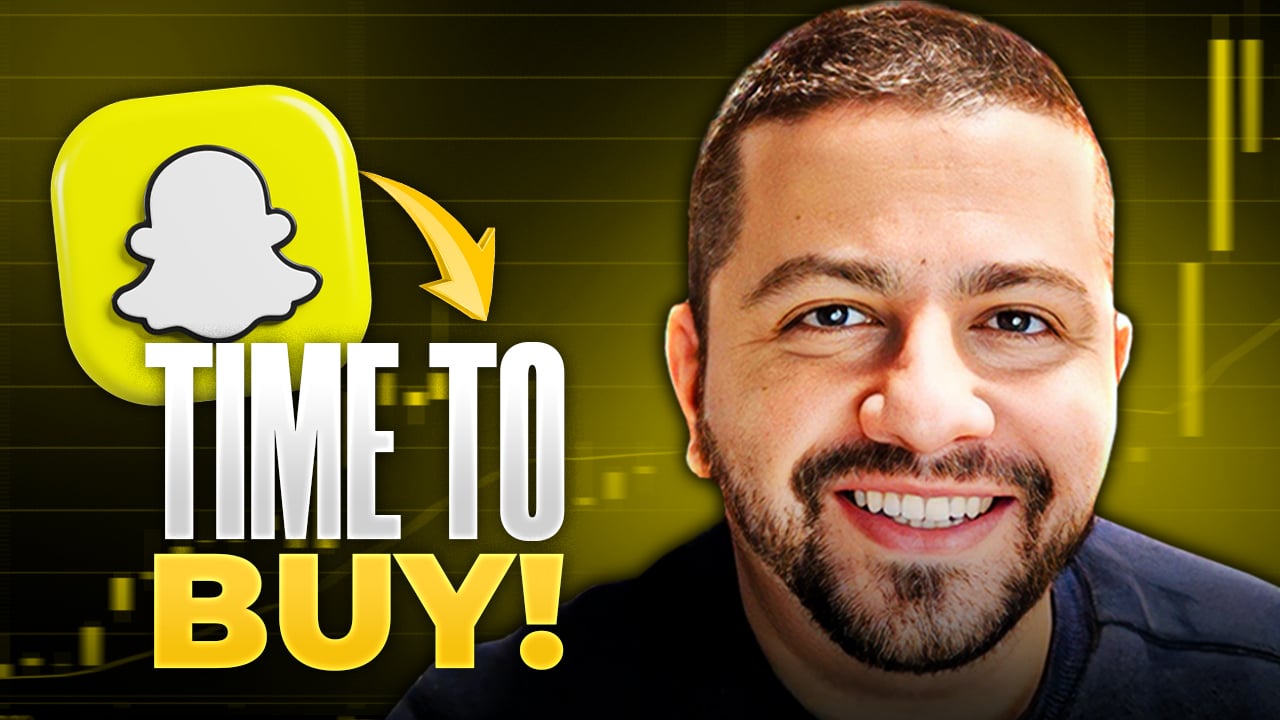Shares of Snap (SNAP 1.64%) gained 3% yesterday (and are enjoying some positive momentum today) after the company announced a new feature in Snapchat called Snap Map, which allows users to track their friends' locations in real time.
Many observers quickly noticed that the new feature looked an awful lot like Zenly, another location-sharing app made by a French start-up of the same name. Well, it turns out that the reason for the similarity is that Snap has acquired Zenly.
Real-time location sharing has not proven popular over the years
Real-time location sharing is not a new thing. For example, Apple released its first-party Find My Friends app an eternity ago (October 2011, to be precise), which allows you to see friends' current location in real time, provided that said friends have granted you permission to stalk them. There are also alternatives on Android that do the same thing. Even Facebook (FB +0.52%) launched Nearby Friends back in 2014, a feature that was built by the Glancee team it acqui-hired in 2012 for an undisclosed sum (Glancee was also a real-time location-sharing app). More recently, Alphabet integrated real-time location sharing directly into to Google Maps.

Image source: Snap.
Real-time location sharing never became a killer feature, though, and not for a lack of trying. Instead, what did become popular was the ability to check in to places and locations on social media, a trend that Foursquare started and larger rivals like Facebook replicated. That might be because there is limited utility and perhaps interest in knowing exactly where your friends are at all times, and there are clear privacy considerations that not all people are comfortable with.
Snap didn't get that memo.
But at what cost?
Testing out new -- or in this case, old -- features isn't inherently a bad thing. What should concern Snap investors is the fact that Snap just blew a ton of money to acquire Zenly in order to launch this "new" old feature. Bloomberg reports that the price tag was $200 million in cash plus stock awards, while TechCrunch says it was closer to the range of $250 million to $350 million in total when including stock. The acquisition reportedly closed in late May. Zenly will still operate independently, but it appears to have helped develop Snap Map.
The acquisition follows the recent purchase of Placed, which was estimated at $125 million to $200 million. That means that Snap just spent somewhere between $325 million to $550 million on two acquisitions, with the majority of that spending being in cash. Given the reported size of these acquisitions, I would expect some disclosure regarding how much Snap spent, including a breakdown of how the deals were structured (cash vs. stock), in the next 10-Q.
Snap is flush with cash thanks to its recent IPO, closing out last quarter with $3.2 billion in cash and equivalents. But just because Snap raised a bunch of money doesn't mean the company should go start overpaying for unimportant features that it likely could have built itself.







